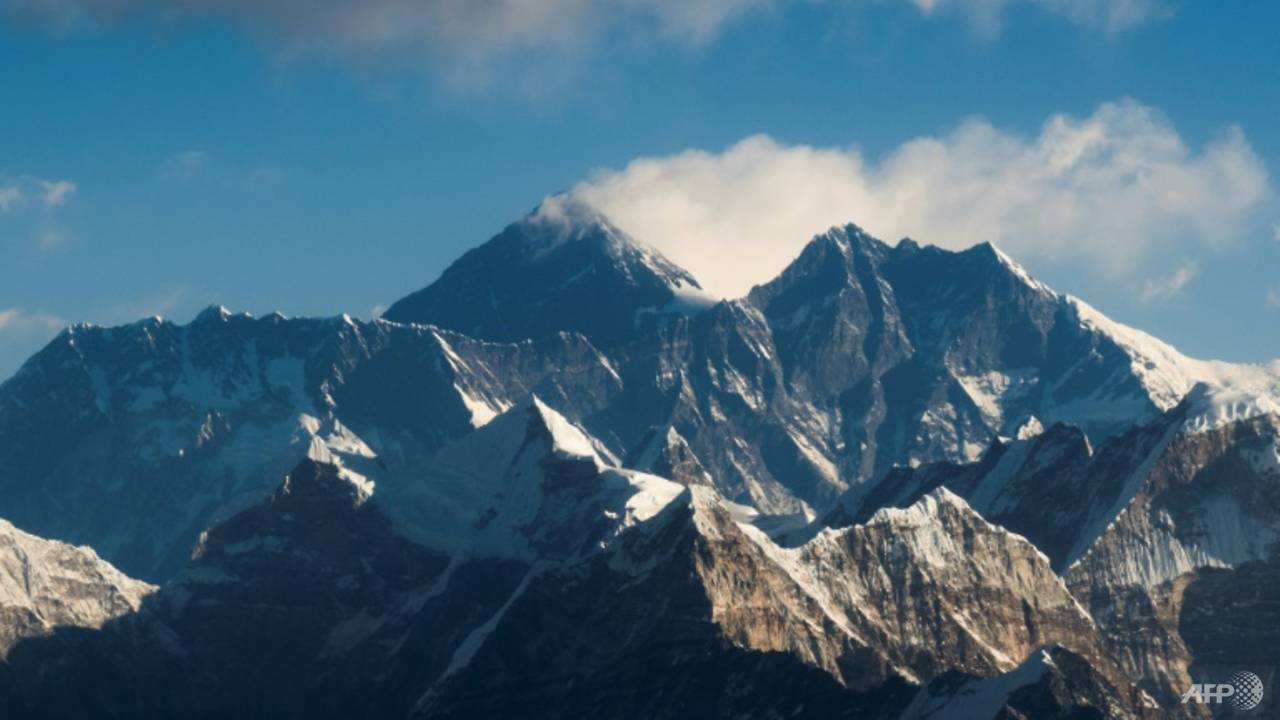
Climbers twice as likely to reach Mount Everest summit but ‘death zone’ crowding soars: Study
KATHMANDU: Climbers tackling Mount Everest are twice as likely to make it to the summit and slightly..
KATHMANDU: Climbers tackling Mount Everest are twice as likely to make it to the summit and slightly less likely to die than two decades ago, despite a sharp increase in crowding in the so-called "death zone", a study released on Wednesday (Aug 26) showed.
Between 2006 and 2019, around two-thirds of climbers were successful in their attempt to reach the summit, compared to around a third in the preceding 15 years, according to the study by the University of Washington and the University of California, Davis.
Advertisement
Advertisement
The risk of dying on the mountain stood at 0.5 per cent for women and 1.1 per cent for men, down from 1.9 per cent and 1.7 per cent from 1990 to 2005, the study said.
The number of summit attempts has soared over the decades, leading to a four-fold rise in crowding. In 2019, 955 people attempted to reach the summit, up from 222 in 2000.
The study showed that on a single day in May 2019, 396 climbers had gathered at the narrow route below the summit – known as the "death zone".
Nine climbers died on Everest in May last year, making the season the deadliest since a 2015 earthquake that killed at least 18 people at the base camp.
Advertisement
Advertisement
Decades of commercial mountaineering have turned Mount Everest into the world's highest rubbish dump. (Photo: AFP/Damian Benegas)
A photograph of climbers waiting their turn to go up and descend from the summit at the single-roped narrow route went viral, although officials say the crowds were not the main reason for those deaths.
"Surprisingly crowding has no evident effect on success or death during summit bids," the study's abstract said.
However, it still exposes climbers to more danger.
"If crowding slows climbers (as is expected), this increases their exposure to the elements, which should increase risk of an accident or illness," Raymond B Huey, lead author of the report said.
"Moreover, one unexpected storm, earthquake, or avalanche could be disastrous on a crowded route," HuRead More – Source

